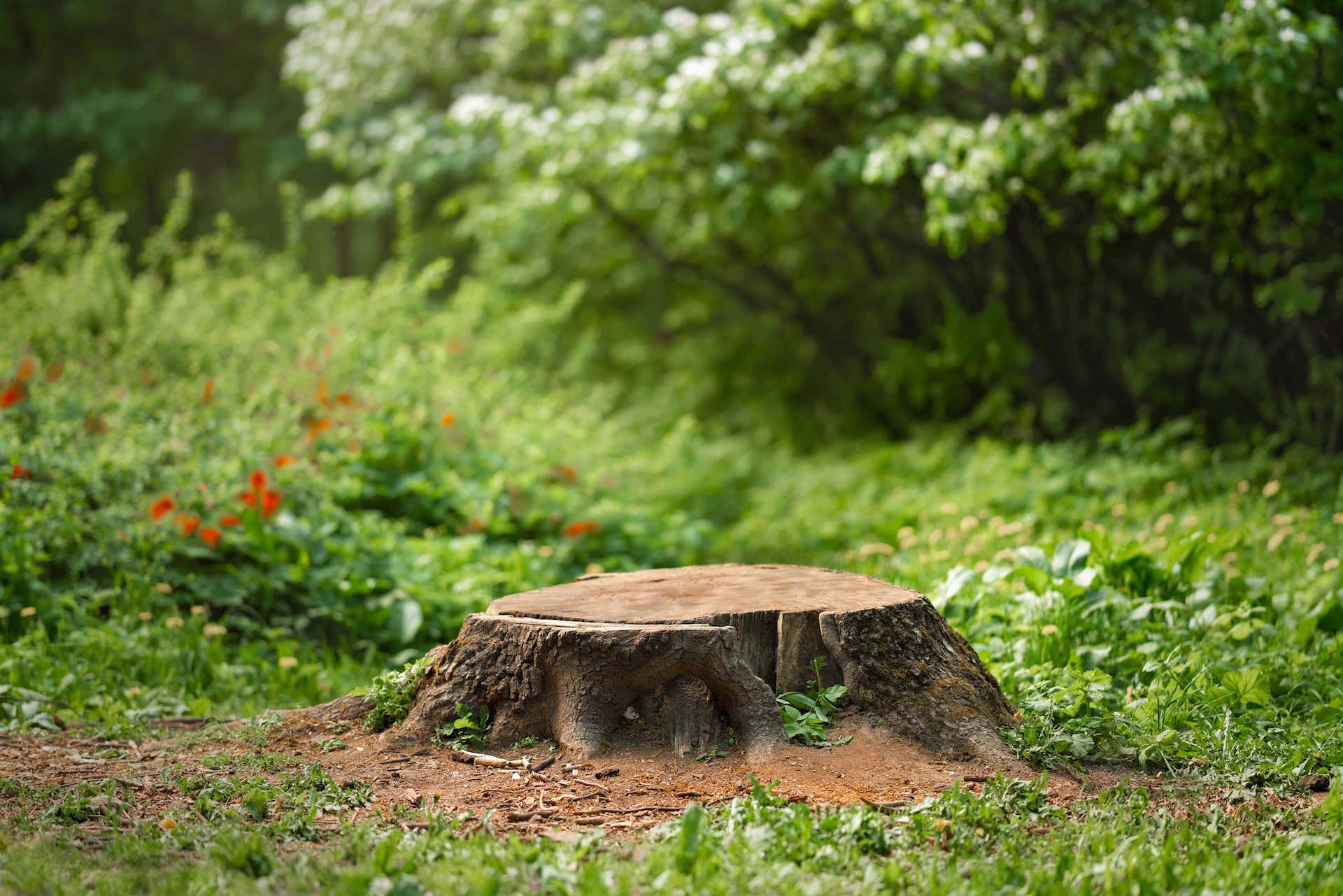
Revitalizing Storm-Damaged Trees: Effective Recovery Strategies Oct 19, 2025
The first step in addressing storm-damaged trees is assessing the extent of the damage. Minor damage such as broken branches or small, torn limbs might only require simple pruning. However, more severe signs such as large broken branches, split trunks, or uprooted trees demand immediate attention. It's crucial for property owners to assess these situations with caution, preferably with the help of professionals, to avoid potential hazards.
Once the assessment is complete, pruning becomes essential for the tree's recovery. Pruning broken or dangling branches not only helps enhance the tree's appearance but also stimulates healthy growth by redirecting energy to undamaged parts. During this process, it's crucial to make clean cuts close to a healthy growth node. These precise cuts help the tree heal more efficiently and minimize the risk of diseases that can further weaken the tree structure.
Beyond pruning, cabling and bracing are vital techniques for trees with structural weaknesses. These methods provide supplemental support to trees that have been compromised, reducing the risk of further damage. This step is particularly important for trees with forks or splits in their main trunk, as these can crack under the weight of snow or additional pressure from high winds.
Moreover, appropriate fertilization post-storm can rejuvenate a stressed tree. Nutrients encourage root growth and improve resilience, allowing the tree to better withstand future weather extremes. Applying a slow-release fertilizer helps deliver essential nutrients consistently, supporting natural recovery processes.
Paying attention to the soil conditions surrounding a storm-damaged tree is another critical aspect of recovery. Heavy winds can compact the soil, reducing air and water availability to the roots. Aerating the soil helps to alleviate compaction, ensuring roots receive the oxygen and moisture needed for healing and growth. Mulching around the base can further retain soil moisture and regulate temperature fluctuations, giving the roots a stable environment for recovery.
In some cases, despite all efforts, a tree may be beyond saving. Removing a severely damaged tree is the safest course of action to prevent accidents or further property damage. TLC Professional Tree Service employs experienced professionals equipped to handle tree removal safely and efficiently should it be necessary.
An often overlooked but important aspect of reviving storm-damaged trees is ongoing monitoring and maintenance. Regular inspections, especially after any major weather event, ensure early identification of potential problems, allowing for proactive management. These efforts not only mitigate immediate risks but also help sustain the long-term health of your trees.
In conclusion, revitalizing storm-damaged trees requires a combination of immediate action and ongoing care. By engaging professional services like those offered by TLC Professional Tree Service, you ensure that your trees receive the care they need to thrive post-storm. Protect and preserve the natural beauty and safety of your landscape by implementing these effective recovery strategies. Your trees will stand strong and continue to enhance your property for many years to come.
/filters:no_upscale()/media/3d9c2c69-5eb4-471a-a54a-a4221891f29f.jpg)
/filters:no_upscale()/filters:format(webp)/media/1553eac6-1868-4756-b9c7-d10f3f6a4153.jpeg)